Naim Mu-so review
We've been well and truly wowed by Naim's first wireless speaker

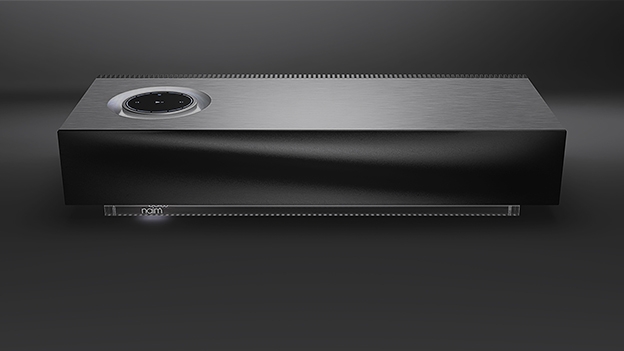
-
+
Awesome design
-
+
Brilliant sound
-
+
Input flexibility
-
-
Budget remote
-
-
Price
Why you can trust T3

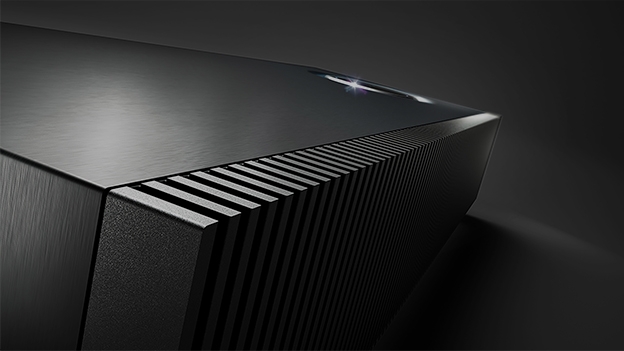

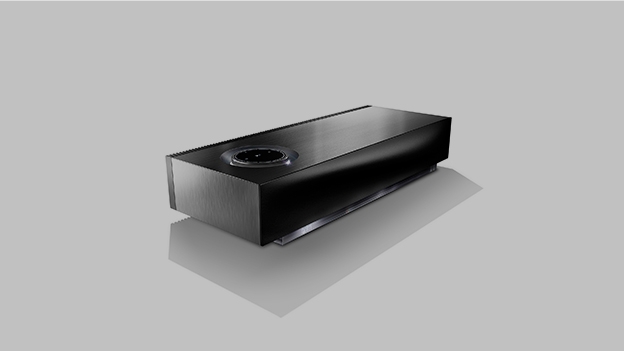
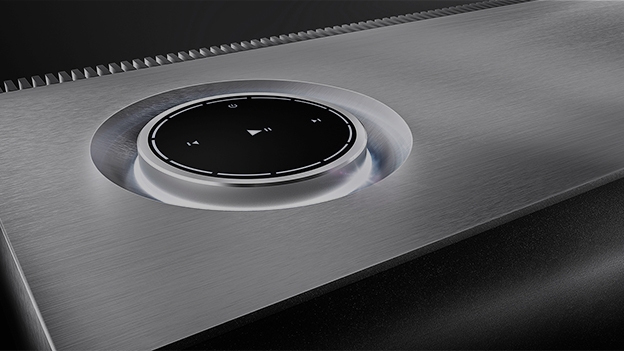
If you're a high-end audiophile then you'll be familiar with the green lights of Naim amps, and if not you've been missing some of the best audio around.
The Mu-so is a considerable departure for traditional Naim, being a wireless speaker/soundbar/thingamijig that defies normal definitions. In short, it is 'just' a wireless speaker, but it costs just shy of a grand, weighs 13kg, and is accordingly a pretty serious proposition in every sense.
Design Statement
Design-wise the Mu-so has plenty to say for itself. It's essentially a rectangular block of aluminium poised on a clear, downlit acrylic base. Other than the slightly odd wave effect to the removable front speaker panel, it's all beautiful matt aluminium and attitude. The front speaker cover can be swapped out for a range of funky coloured alternatives, but traditional black complements the minimalist look of the unit as a whole.
The aluminium volume dial with touch-sensitive centre is a joy to behold and will attract endless fiddling purely for the fun of it. Lights around the dial indicate the volume level, and pulse quietly as the unit hunts a connection with its 32-bit digital signal processor brain. The cabinet is in fact MDF, wrapped in brushed aluminium, but this isn't apparent to the touch. The entire rear of the enclosure is one massive multi-finned heatsink, which given the 450W output is probably justified. It feels every gramme of it's 13kg weight, and gives the impression it is in fact carved out of solid metal – certainly not a portable proposition.
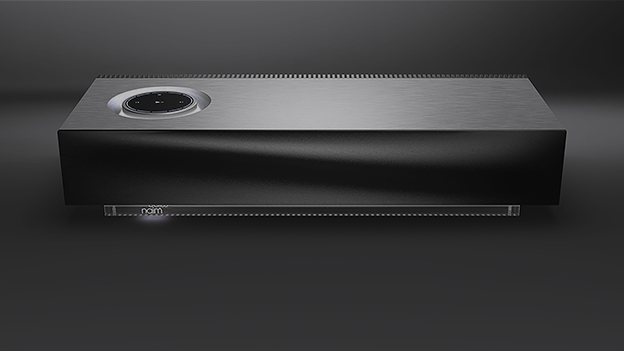
Floating on an illuminated acrylic base, the Mu-so oozes class from every pore, even down to the network LED on the side which indicates connection state by changing colour (purple to white). The major issue is that unless you already live in a Bond villain-stylee penthouse you'll have to move to do the Mu-so justice.
The only duff note in this array of high-end gawp-fodder is the plastic remote, clearly a bit of a cost-saving afterthought, and while perfectly serviceable something best kept down the back of the sofa for emergencies. Naim have cunningly produced an app (Android, iOS) that does the heavy lifting, so the remote is presumably for eccentric millionaires who dislike smartphones or tablets.
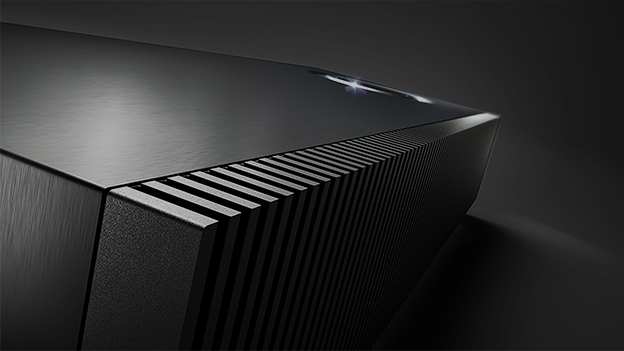
Inputs a gogo
Unfortunately, setting up the Mu-so does require the app or a browser, but it's not a complex process. Syncing the Mu-so with the app is pretty straightforward, bar a few UI glitches, and once you're setup as a 'room' you're cooking with gas. Adding additional 'rooms' (AKA other Mu-so units) is simple via a large 'plus' button on the app. The app also does much of the heavy lifting in terms of setting up preset radio stations and allowing you to navigate remote NAS drives or local storage.
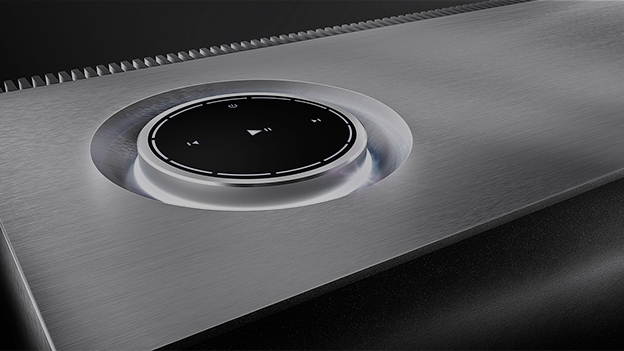
There are plenty of devices that claim to be plug and play, but this is really up there with the best. Shove a USB of studio-quality Flac files into the slot, fire up your Spotify account via Spotify connect, stream internet radio and fix your presets, or stream via aptX Bluetooth, AirPlay or UpnP - the Mu-so supports all major music formats without fuss or flap. There's physical inputs including a USB port, an optical input (limited to 24-bit/96kHz), an ethernet port and a 3.5mm analogue input. Basically, it does the lot, and does it seamlessly well.
Sounds to die for
Unsurprisingly, given the heritage behind the Naim brand, the sound quality is superb. The resolution on more delicate tracks is a beautiful thing, while there's enough power to blast through anything more challenging with aplomb. Naim specs say the Mu-so sports no less than six 75 watt digital amplifiers, one for each of the six custom-designed speaker drivers, delivering a total of 450 watts of power, and it certainly sounds like that's true.
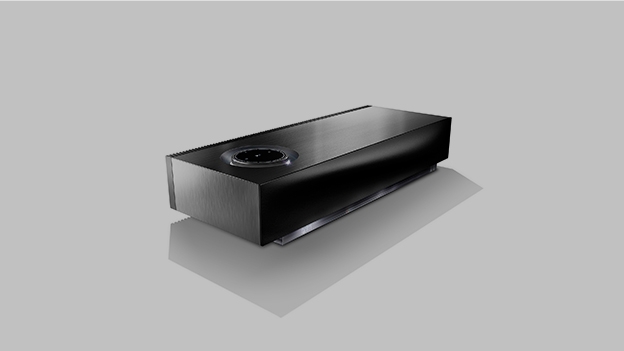
Overall, it's a stunning object in it's own right, and as an audio tool it's brilliant. Obviously the functionality here is easily duplicated with a stack of boxes or a Sonos setup, but as a single, minimalist box this really delivers an unforgettable experience.
Sign up to the T3 newsletter for smarter living straight to your inbox
Get all the latest news, reviews, deals and buying guides on gorgeous tech, home and active products from the T3 experts
Mark Mayne has been covering tech, gadgets and outdoor innovation for longer than he can remember. A keen climber, mountaineer and scuba diver, he is also a dedicated weather enthusiast and flapjack consumption expert.
-
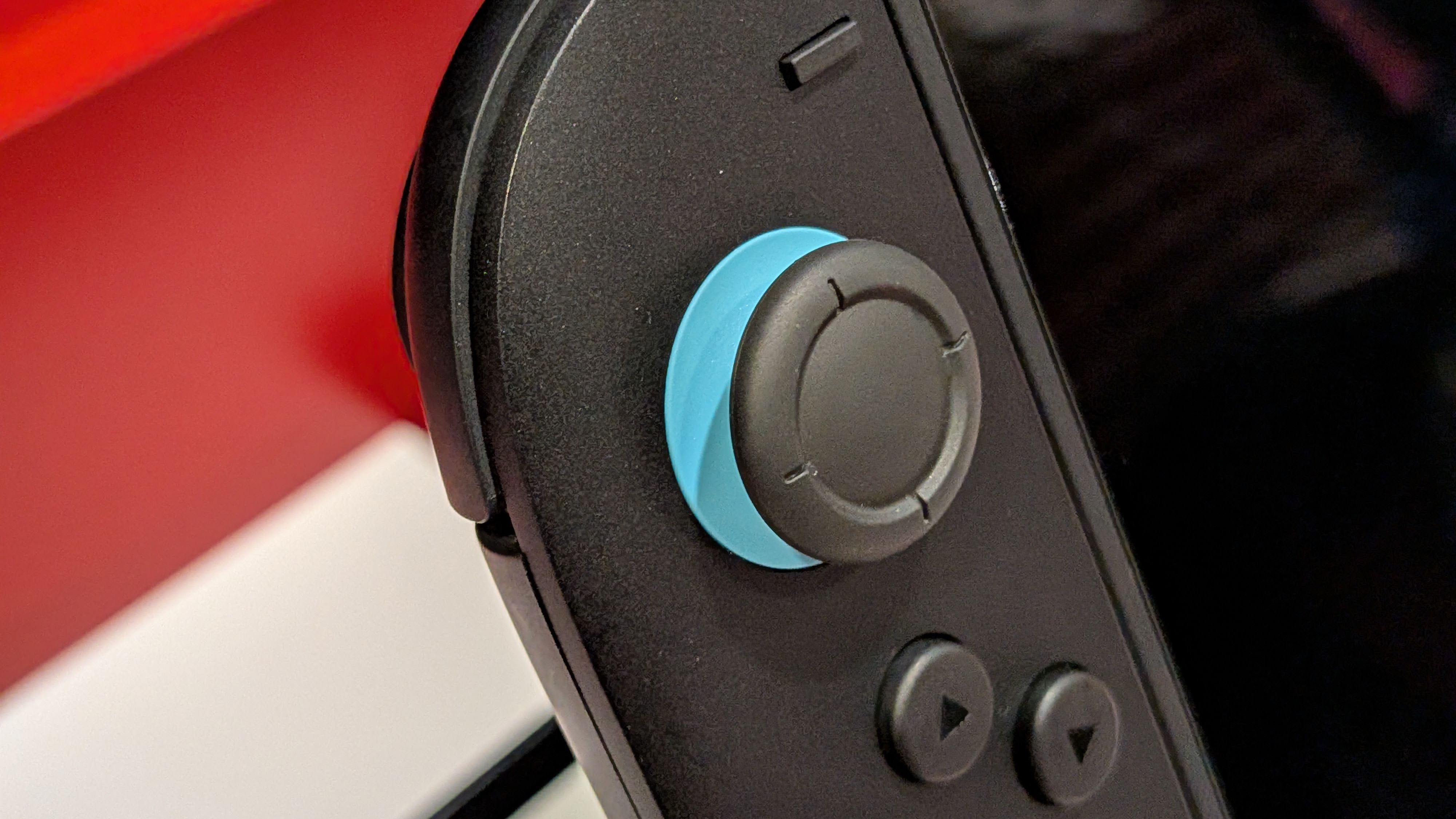 Nintendo Switch 2 tariff woes continue – here's how much it could cost you
Nintendo Switch 2 tariff woes continue – here's how much it could cost youExperts claim the Switch 2 will continue to be affected by Trump's tariffs – even as much as 145%
By Rik Henderson Published
-
 This one-day Apple Watch challenge could earn you a secret (non-virtual) reward
This one-day Apple Watch challenge could earn you a secret (non-virtual) rewardApple is now handing out animated trophies and real-life pins if you do a bit of exercise
By Matt Kollat Published
-
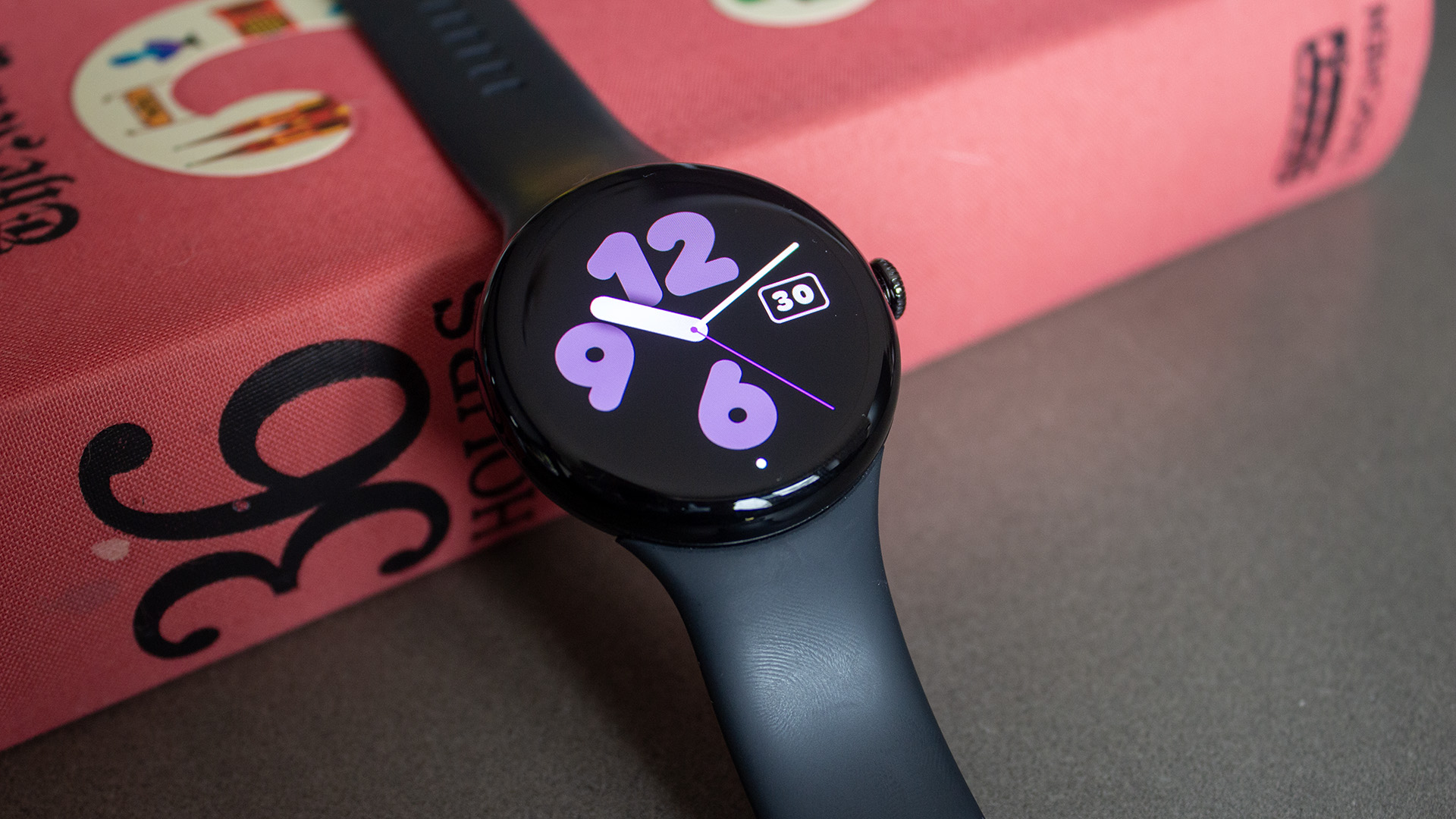 Google Pixel Watch 4 renders show a welcome design change
Google Pixel Watch 4 renders show a welcome design changeAnd one we're less thrilled about
By Britta O'Boyle Published